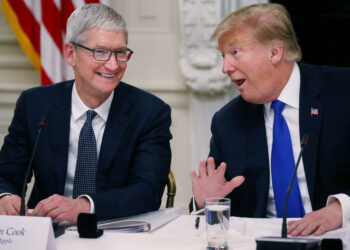By WIRED
Much like Bosch, which is working on a hydrogen car engine, Hyundai has announced that it too is doubling down on hydrogen, presenting what it calls a blueprint for a hydrogen energy ecosystem. Hyundai has the world’s highest market share in hydrogen-powered vehicle sales, though that isn’t nearly as impressive as it sounds, of course. Hyundai’s future hydrogen solutions will supposedly go beyond passenger cars, trucks, and buses to include things such as trams, ships, power generators, and planes.
At its press conference today, the group announced it is working on tech that aims to transform pollutants into clean hydrogen. Hyundai has two approaches for this: Waste-to-Hydrogen (W2H) and Plastic-to-Hydrogen (P2H). W2H involves the fermentation of organic waste (food waste, livestock manure, etc) to generate biogas. This biogas is then treated to capture carbon dioxide and produce hydrogen. P2H involves melting waste plastics that cannot be recycled, gasifying the molten plastics, and then producing hydrogen from this by removing “unnecessary elements”.
The other main focus of Hyundai’s CES announcements was on software, continuing the auto trend we’re seeing this year where new hardware is taking something of a back seat. A new Software-Defined Everything’ (SDX) strategy will focus on, of course, AI.
The SDX strategy inevitably includes software-defined vehicles (SDVs). Apparently, the idea is to “decouple hardware and software” in its cars, leading to better, faster, and wider updates. Such a scheme leaves you wondering if this wasn’t done already, then why wasn’t it? Indeed, the sharing of tech between Hyundai and sister-brand Kia is already extensive, so it is unclear how this new initiative moves things further, though “software-defined fleets for businesses” were mentioned.
Hyundai also said it intends to transform its vehicles into “AI machines” so it can personalize user experiences and deliver “added-value”. But we’ve heard this before many times from other manufacturers. All of them want to do this, but few seem clear on exactly how to do it successfully. Part of the group’s efforts to achieve this involves writing its own software for its user interface and developing a new infotainment system complete with the obligatory app marketplace. And, unlike Volkswagen, which has opted to integrate ChatGPT into its coming cars, Hyundai group is now developing its own LLM to put in its vehicles. All this is going to take time, though, so don’t expect the first software from this initiative to drop until 2026.







Discussion about this post